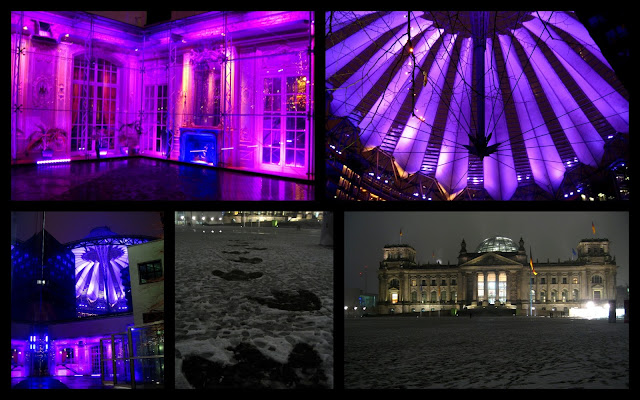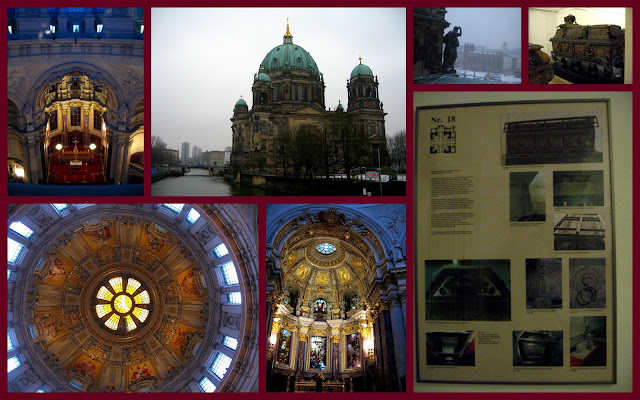The next morning we were put (with our real or pretend
husbands, depending on the situation) into a horse and buggy to go to Edfu
temple. Edfu was built around 240 BC and
is one of the best surviving temples. It
is missing very few pieces and is dedicated to the very popular god,
Horus.
Around the outside of the main part of the temple, the story
of Horus and Seth is displayed. Seth kills and dismembers Osiris and his wife,
Isis, pieces him back together and brings him back to life long enough to get
pregnant with Horus. Seth kills Osiris
again and Horus goes out for revenge.
The myth has some weird sections including Isis tracking down body parts
and making a golden phallus for her dead husband. For the full myth, click here. Several of the temple’s reliefs were scratched
out by Christians who used the temple as a church and wanted to get rid of the
pagan images, but most of the pictures were still intact.
That afternoon we just sailed down the river. We even got to go through a lock, which the
nerd in me loved. I grew up just upriver
from lock and dam #19 on the Mississippi but I’d never gotten to go through a
lock and I was having a physics moment.
While we were on the boat, smaller boats would come up and
rope onto ours and the men in the boats would yell up and try to sell you
things (mostly towels). If you wanted to
buy it, they would toss it up to the top deck and you would toss your money
down. I didn’t buy anything and I mostly
avoided the edge to avoid cat calls anyway.
That evening we docked in Luxor and visited the temple. The temple complex is huge. We first ambled down the Avenue of
Sphinxes. This road, which connected the
Luxor and Karnak temples was originally 1.5 miles long and had 1,350 sphinxes. About 50% of the sphinxes have been
uncovered. SA, our guide, told us that
there was a family that had one in their basement because they dug out the
basement after the house was built, discovered it, and just kept it in
there.
After that, we passed the 80 foot statues of Ramses II and entered
the giant temple complex. There is
currently one giant obelisk in the front.
There used to be two but the second is in Paris. Inside the gates, on top of the pharaoh’s
chapel sits the mosque of Sufi Shaykh Yusuf Abu al-Hajjaj. The mosque was built in honor of a 13 century
Sufi Shaykh when the Luxor temple was buried over 40 feet under the sand. When the temple was excavated in the early
1800’s, the mosque was incorporated into the site.
The temple has many courtyards with huge columns. We also saw the goddess of education in a
leopard print dress that didn’t come all the way up (let’s just say, it was not
school appropriate). The temple has
many sections in many styles since it was constructed and expanded upon for so long. One part even had a Roman painting.
That evening, you could see the sun set over the mountains
that hold the Valley of the Kings, our destination for tomorrow.



























